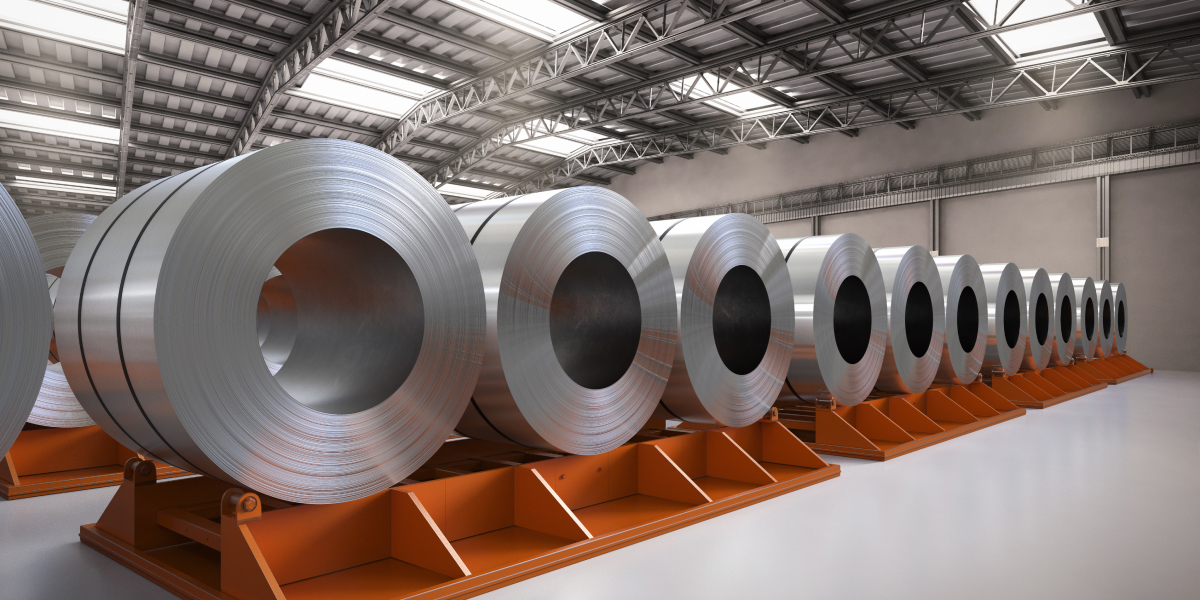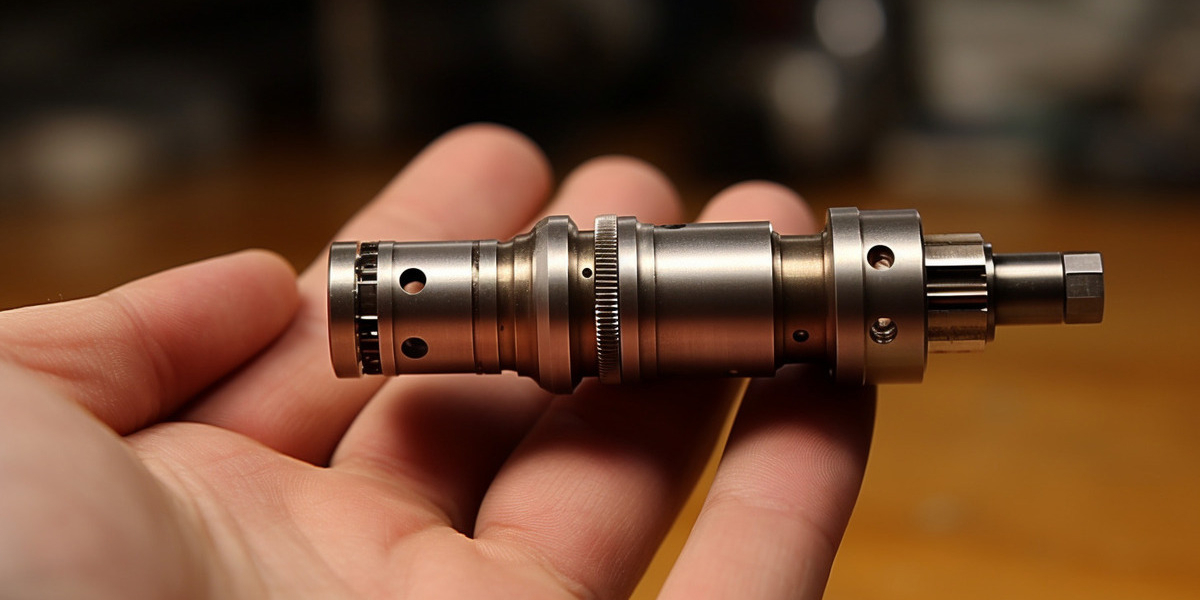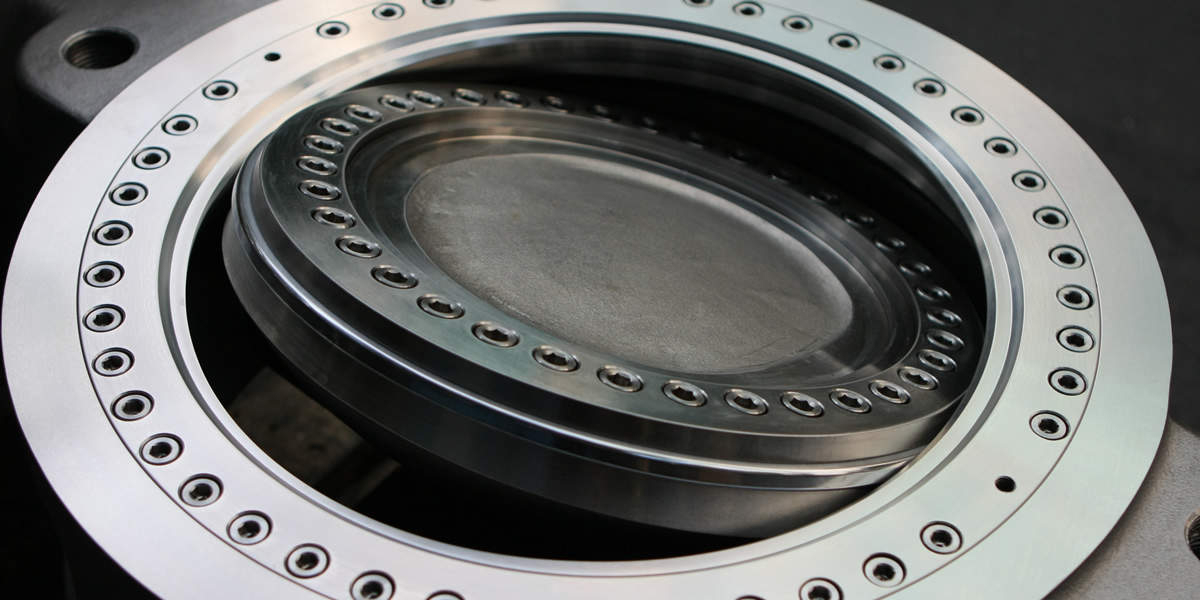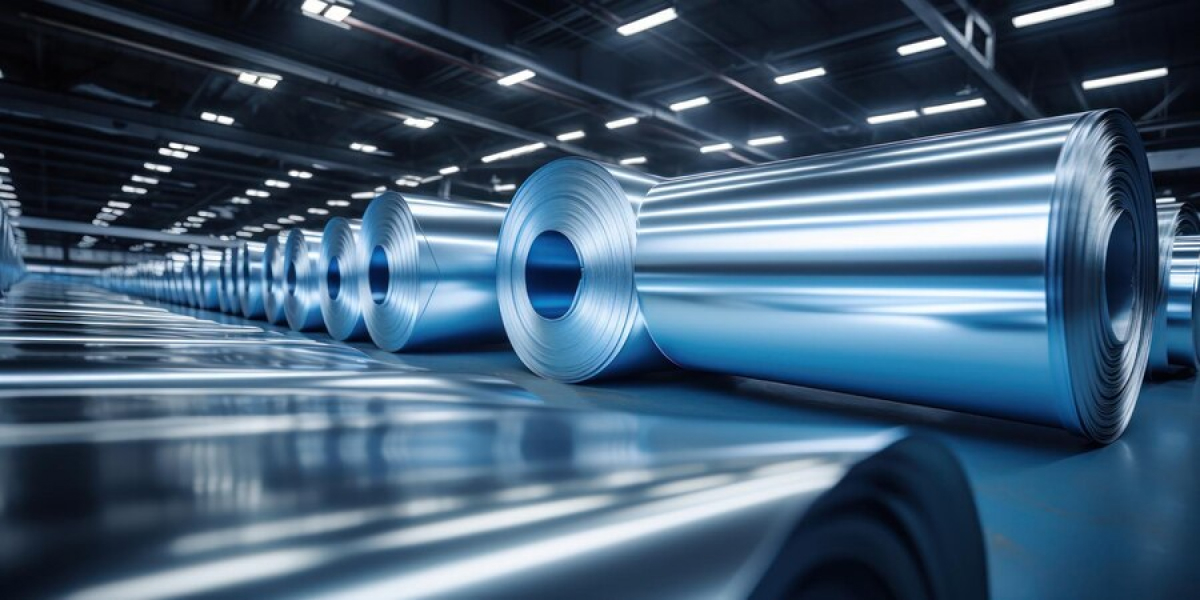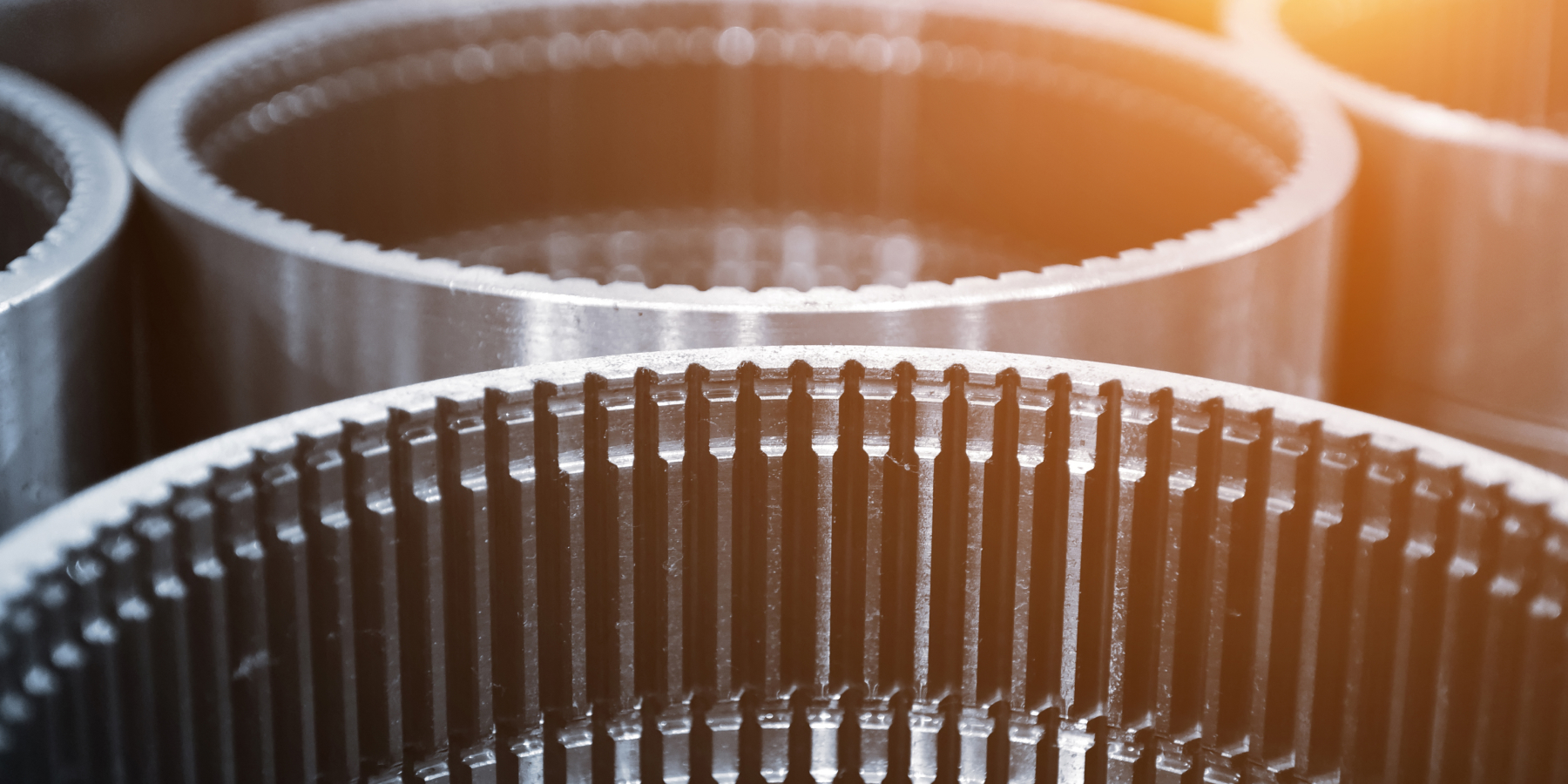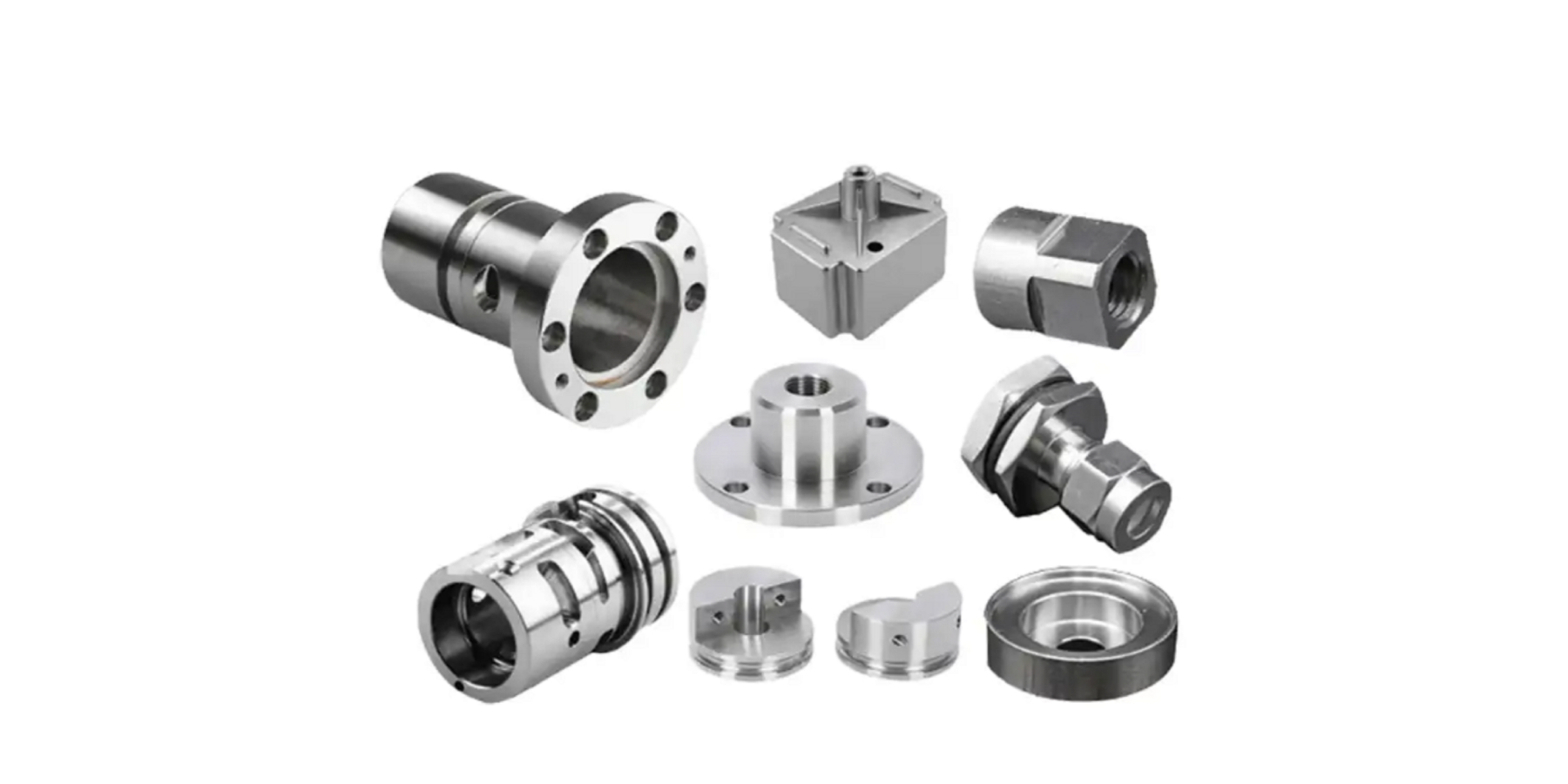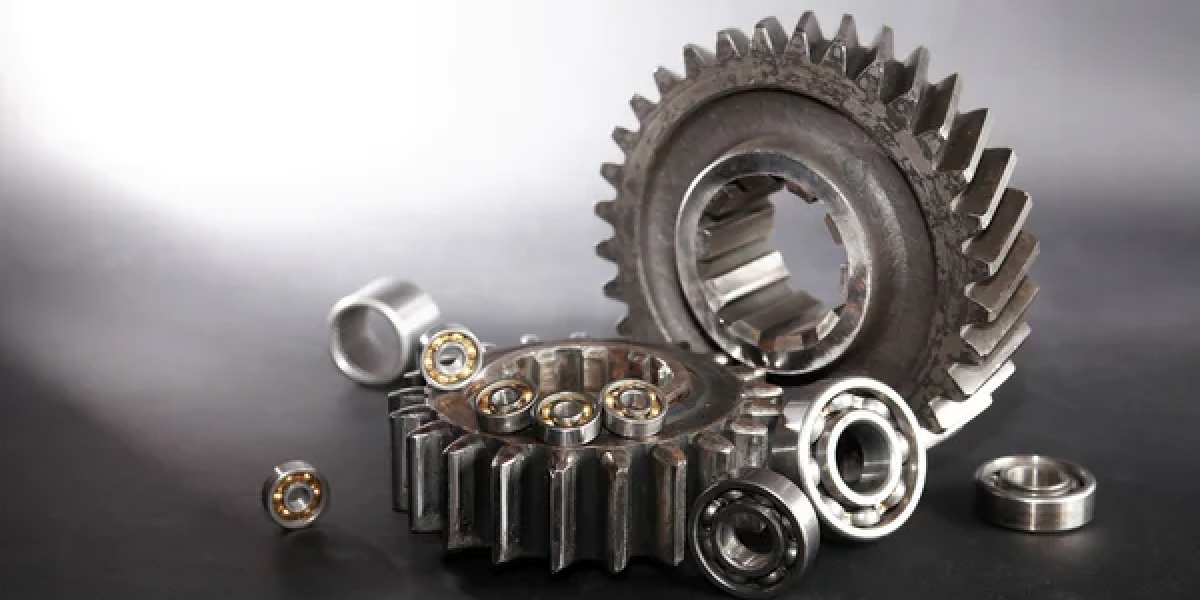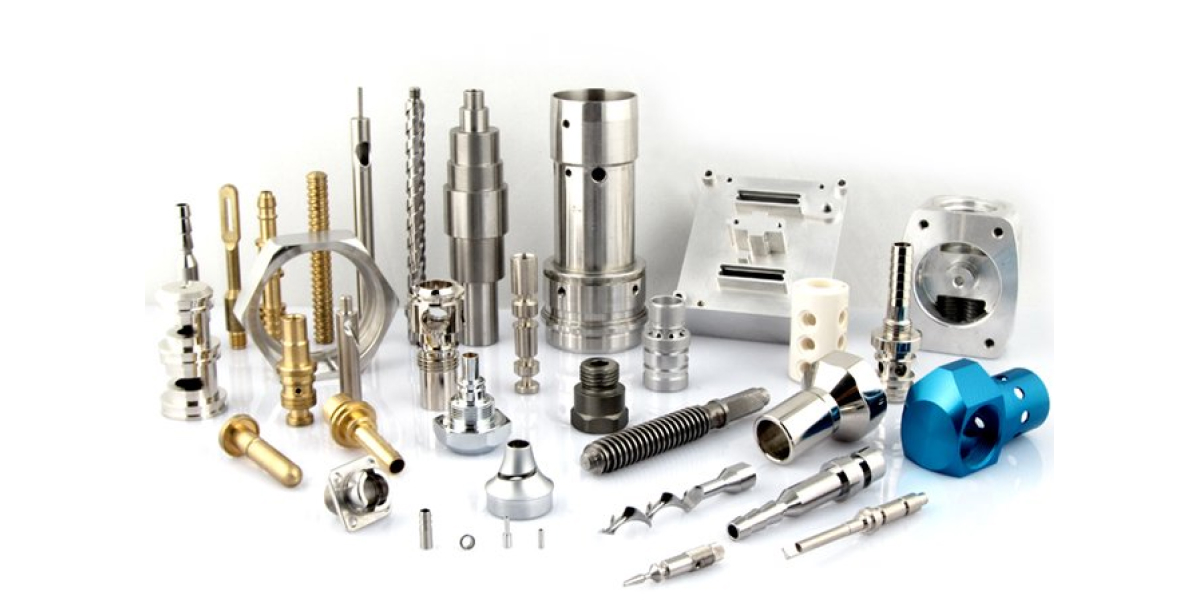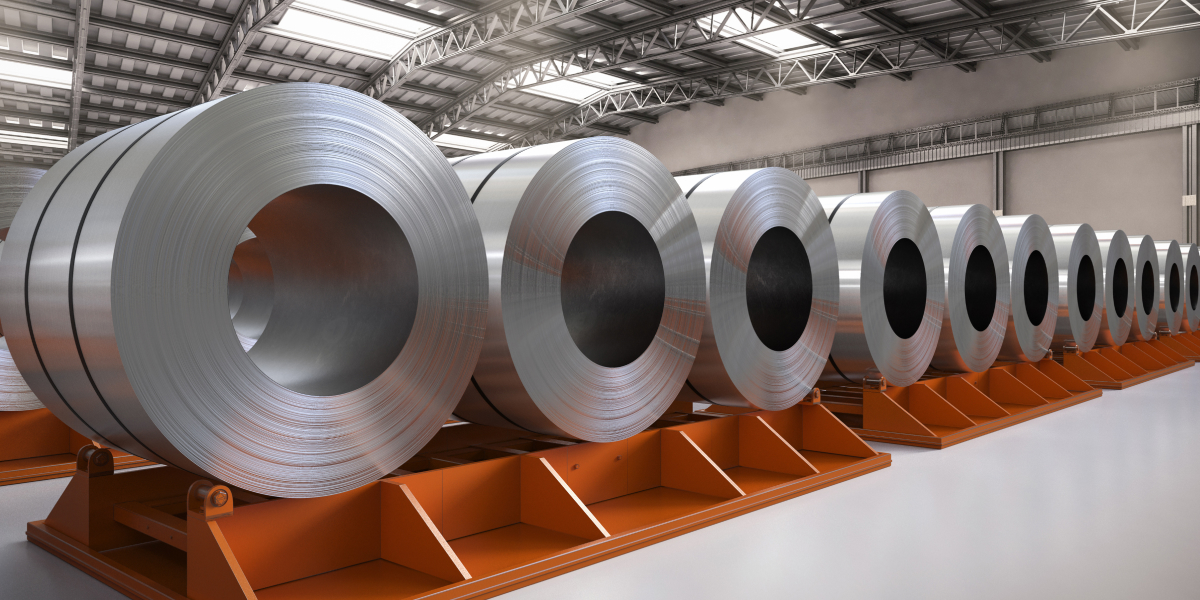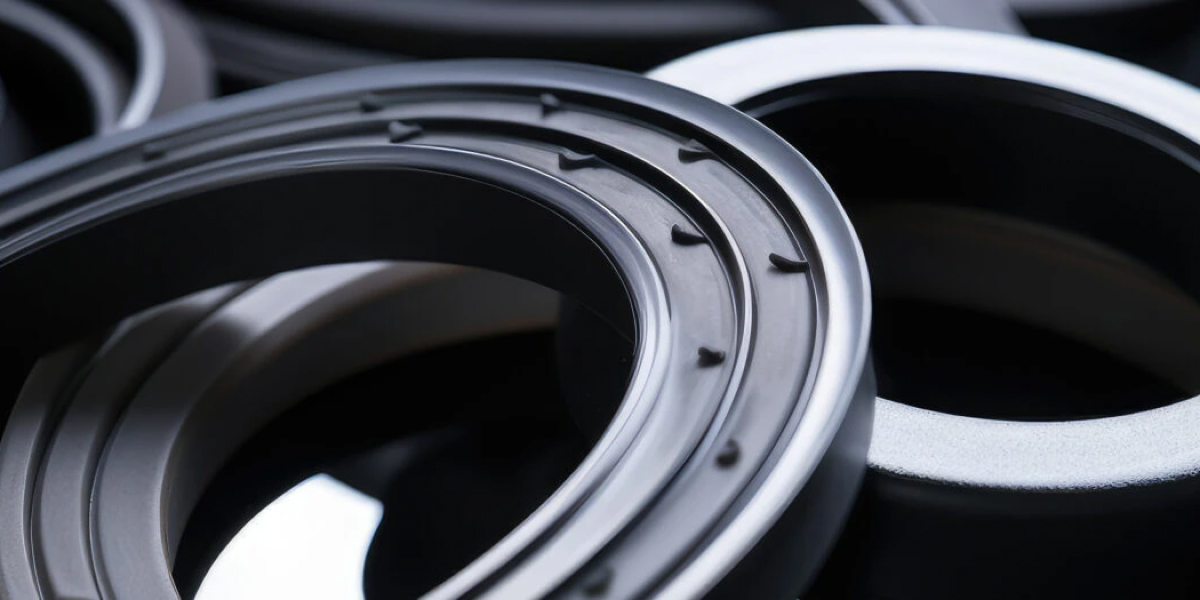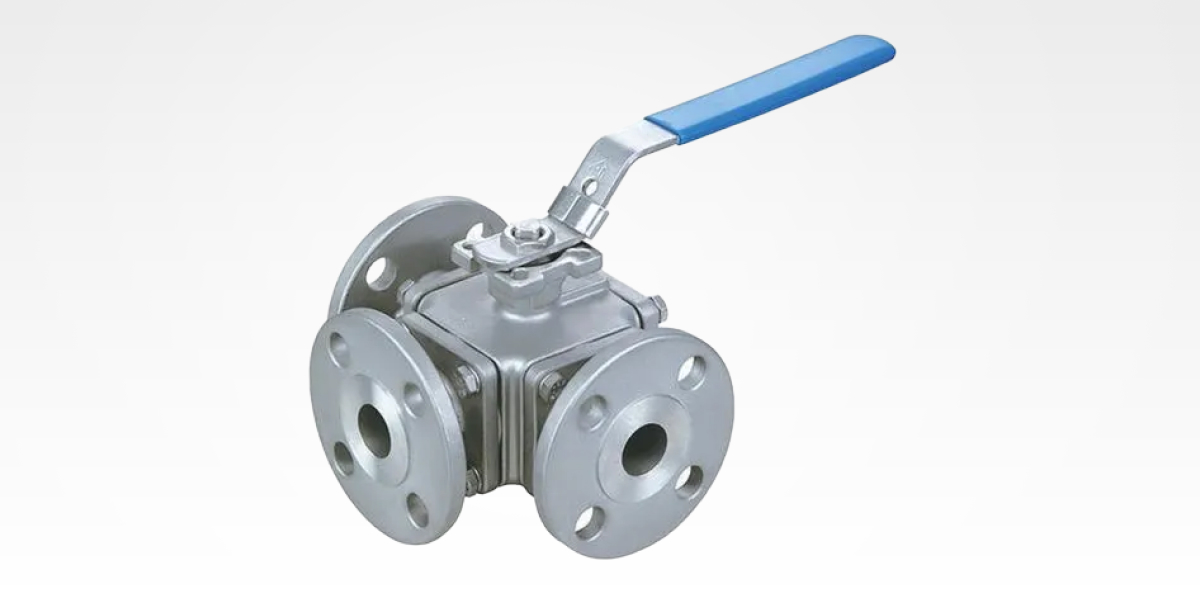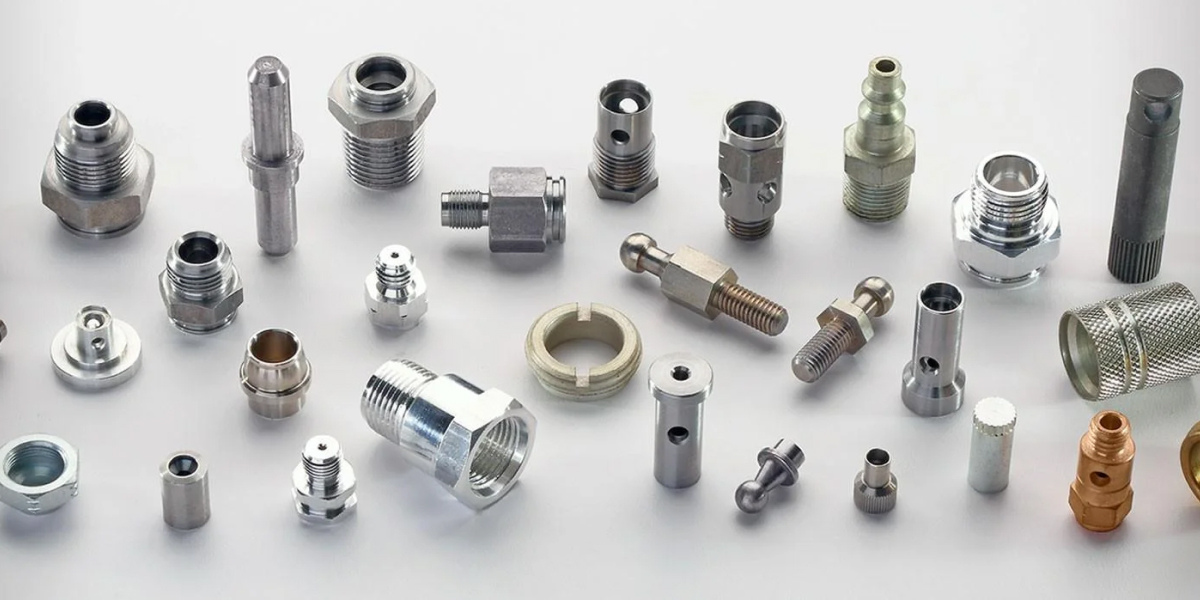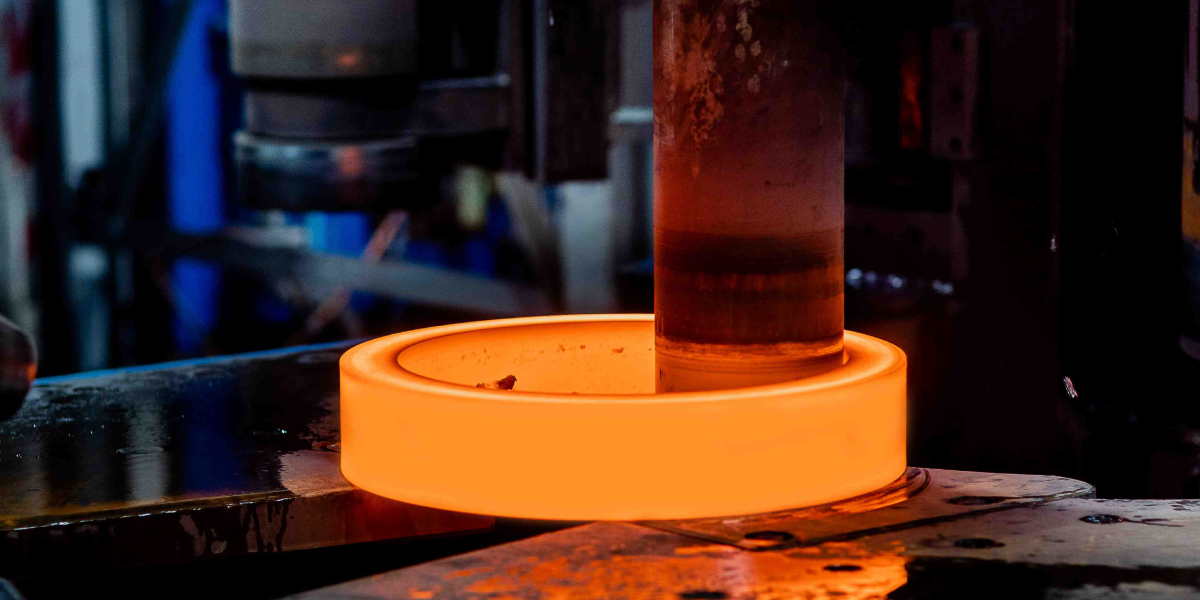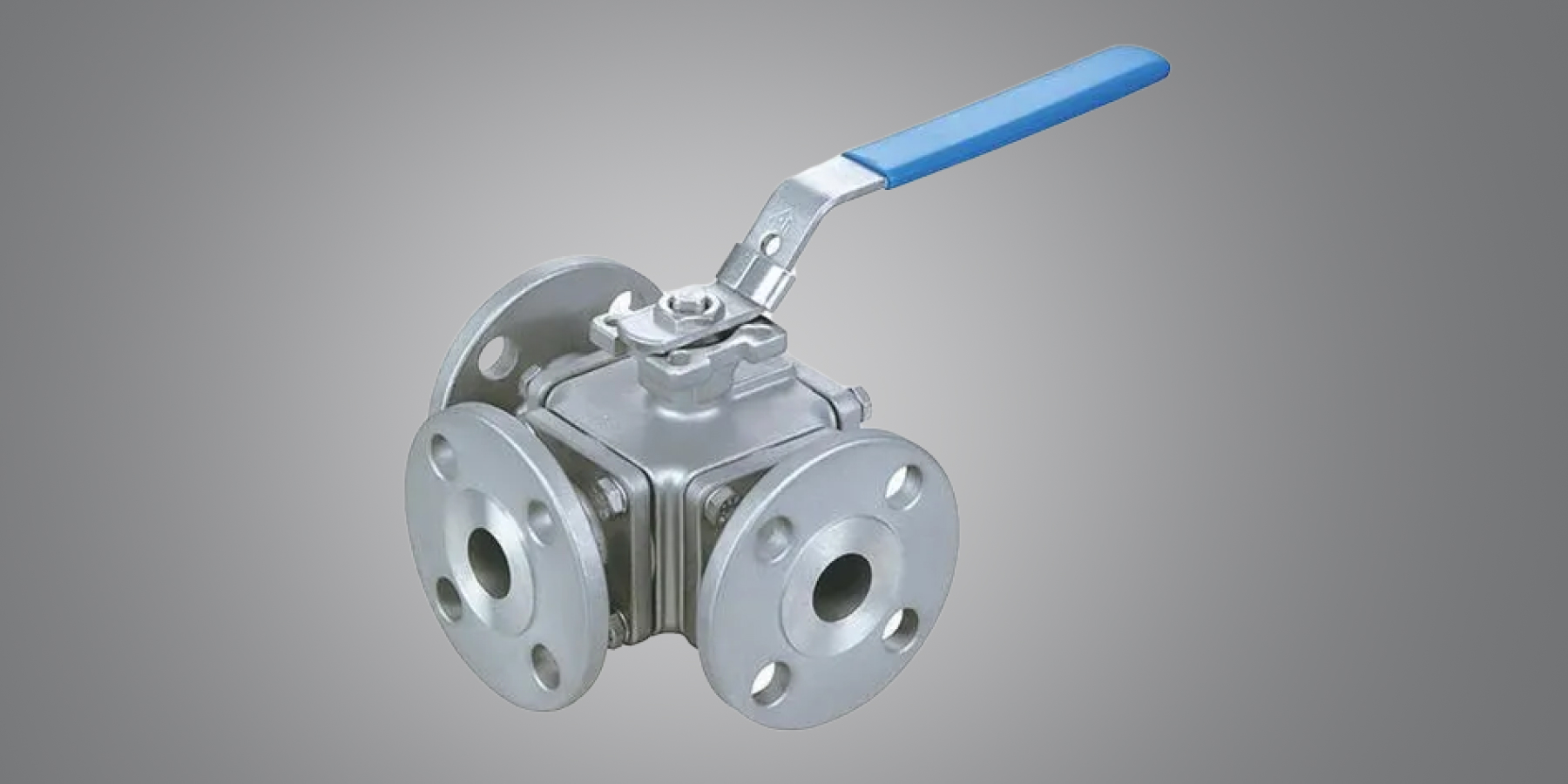Rolled Rings Forging Processes, Materials, and Applications
Rolled rings are versatile, high-strength components used in a wide array of industrial applications. Their durability, seamless structure, and ability to withstand extreme environments make them indispensable in industries like aerospace, automotive, energy, and more. This blog explores the forging processes, materials, and applications of rolled rings, providing insights into their advantages and industrial significance.
What Are Rolled Rings?
Rolled rings are circular components forged from metal billets, featuring a seamless design that ensures high strength and structural integrity. They are widely used in critical applications where durability and performance are paramount.
Key Characteristics:
- Seamless Design: Reduces weak points and enhances durability.
- Customizable Dimensions: Available in a variety of sizes and thicknesses.
- Material Versatility: Can be forged from a wide range of metals and alloys.
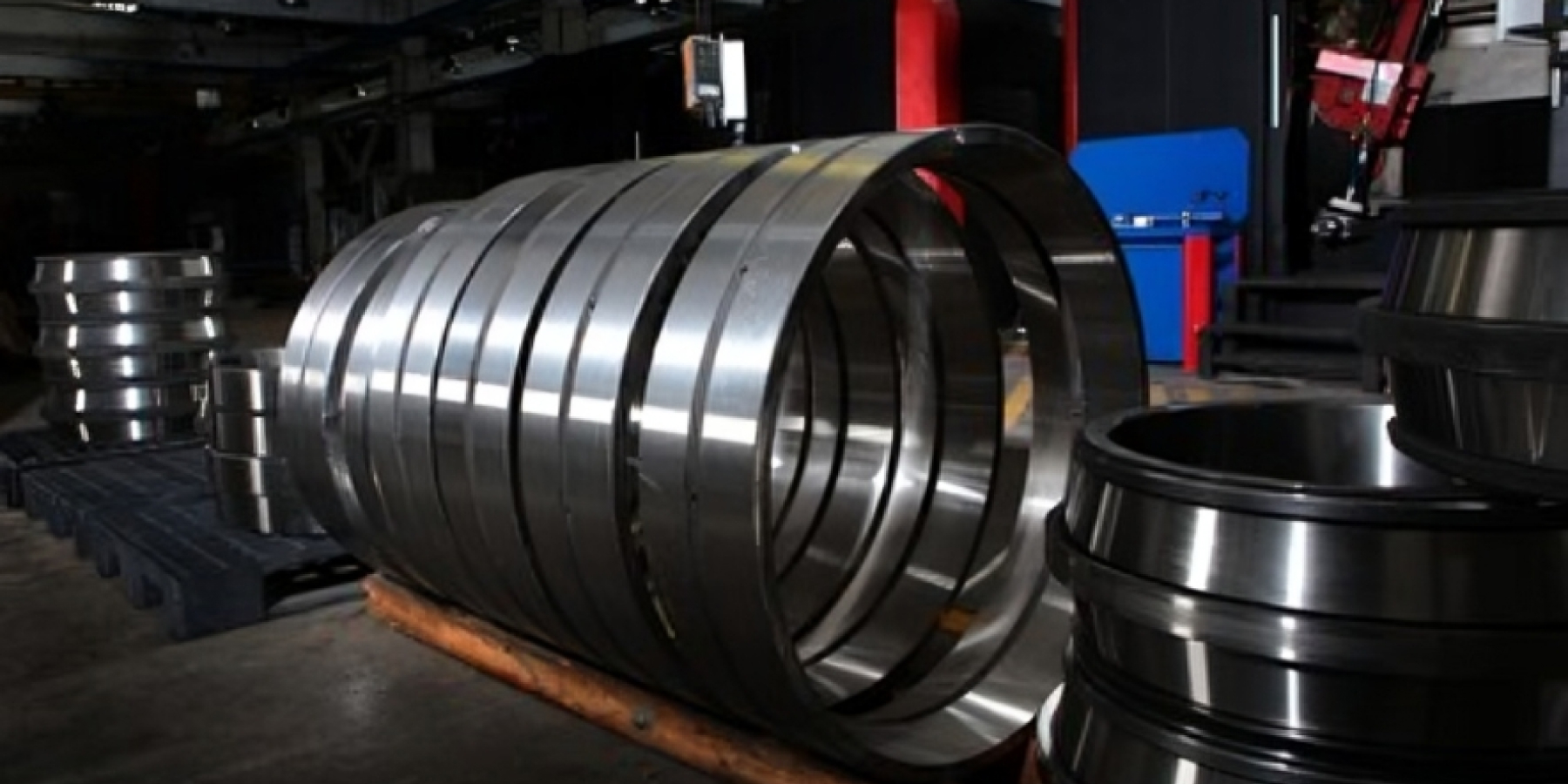
How Are Rolled Rings Forged?
The rolled ring forging process involves shaping a metal billet into a steel ring using heat and mechanical force, enhancing the material’s strength and ensuring a uniform grain flow for superior integrity.
Steps in the Forging Process:
- Heating the Billet: A metal billet is heated to a specific temperature to improve malleability.
- Punching the Center: The billet is pierced to create a donut-shaped ring.
- Rolling the Ring: The ring is placed on a rolling mill, where it is expanded and shaped to the desired dimensions.
- Cooling and Finishing: The forged ring is cooled and subjected to finishing processes like machining or heat treatment.
What Materials Are Used in Rolled Rings?
Rolled rings can be forged from various metals and alloys, including steel, to meet specific application requirements.
Common Materials:
- Alloy Rolled Rings:
- Known for strength and wear resistance.
- Used in high-performance applications like aerospace and defence.
- Stainless Rolled Rings:
- Offers excellent corrosion resistance.
- It is ideal for chemical processing and marine applications.
- Aluminum Rolled Rings:
- Lightweight and corrosion-resistant.
- Commonly used in aerospace and automotive industries.
- Seamless Rolled Rings:
- Characterized by a flawless structure and uniform strength.
- Used in critical applications like pressure vessels and turbines.
Industrial Applications of Rolled Rings
1. Aerospace
- Applications: Jet engines, turbine rings, and structural components.
- Benefits: High strength-to-weight ratio and exceptional durability.
2. Automotive
- Applications: Transmission components, bearings, and gears.
- Benefits: Improved wear resistance and longevity under mechanical stress.
3. Energy
- Applications: Wind turbines, power generation equipment, and oil and gas systems.
- Benefits: Understand extreme temperatures and pressures.
4. Industrial Machinery
- Applications: Bearings, flanges, and couplings.
- Benefits: Enhanced load-bearing capacity and precision.
Advantages of Rolled Ring Forgings
- Strength and Durability: The forging process enhances the material’s mechanical properties, ensuring high strength and toughness.
- Seamless Design: Reduces weak points and ensures uniform load distribution.
- Customization: Rings can be forged to precise dimensions and specifications.
- Material Efficiency: Forging minimizes material waste compared to other manufacturing methods.
Conclusion
Rolled rings are an essential component in modern industrial applications, offering unmatched strength, durability, and customization. From aerospace to energy, their seamless design and material versatility ensure reliable performance in critical environments. Whether you need stainless rolled rings for corrosion resistance or aluminum rolled rings for lightweight applications, rolled ring forgings provide the ideal solution.
Looking for premium rolled rings? Contact us today to explore a wide range of high-quality products tailored to your industry needs!
FAQs
Yes, the seamless ring rolling process allows rolled rings to be tailored to precise dimensions, thicknesses, and material compositions, ensuring superior integrity to meet the unique requirements of various industries.






